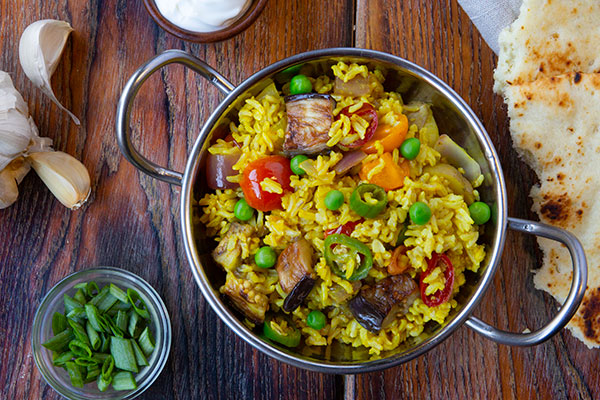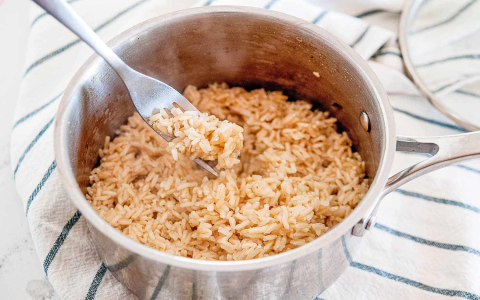Okay, so I’ve been trying to eat healthier, and everyone keeps saying brown basmati rice is the way to go. I used to be a strictly white rice kind of person, but I figured, why not give it a shot? So, I grabbed a bag of brown basmati and started my culinary adventure.
My First Attempt (and Near Disaster)
My first try? Let’s just say it wasn’t pretty. I treated it like regular white rice – you know, a quick rinse and then boil until the water’s gone. Nope. Big mistake. I ended up with a mushy, kinda gluey mess. It tasted okay, but the texture was all wrong. My family gave me that look.

Figuring Out the Right Way
So, I did what anyone would do – I started looking at a whole bunch of recipes. Every website, every food blog, they all had different tips and tricks. It was a little overwhelming, to be honest. But, I managed to gather some common advice, and that help me so much!
- Rinsing is Key: Apparently, you gotta rinse brown basmati rice really well. Like, until the water runs clear. This gets rid of extra starch, which was probably the culprit behind my gluey rice.
- The Right Water Ratio: This was a game-changer. It’s not a 1:1 ratio like white rice. Most recipes I saw recommended 2 to 2.5 cups of water for every 1 cup of rice. I went with 2.25 cups, and it seemed to work perfectly.
- Simmer, Don’t Boil: You bring the water and rice to a boil, then you reduce the heat to low, cover it, and let it simmer. This is where I messed up the first time. I just kept it boiling!
- Patience, Young Padawan: Brown basmati takes longer to cook than white rice. Like, way longer. We’re talking 45-50 minutes of simmering. Don’t rush it!
- Fluff and Rest:Take it from the heat, let it rest and use the fork!
My “Perfected” Method
After a few more tries (and a few more slightly-less-than-perfect batches), I finally nailed it. Here’s what I do now:
- Rinse: I put the rice in a fine-mesh strainer and rinse it under cold water for a good 2-3 minutes, swishing it around with my hand.
- Combine: I put 1 cup of rinsed rice and 2.25 cups of water in a pot. I also add a pinch of salt and a little bit of olive oil (just a teaspoon or so – I saw some recipes suggesting this, and I like the flavor it adds).
- Boil & Simmer: I bring the water to a rolling boil, then I reduce the heat to the lowest setting, cover the pot tightly, and set a timer for 45 minutes.
- Rest: Once the timer goes off, I take the pot off the heat and let it sit, covered, for another 10 minutes. This is important! It lets the steam finish cooking the rice evenly.
- Fluff: Finally, I remove the lid and fluff the rice with a fork. It comes out perfectly fluffy and separate every time.
Experimenting with Flavors
Once I got the basic cooking method down, I started getting creative. Plain brown basmati is fine, but it can be a little boring. So, here are a few things I’ve tried:
- Coconut Milk: Substituted some of the water with coconut milk. Oh it tasted so good!
- Saffron: A pinch of saffron threads adds a beautiful color and a subtle, earthy flavor. Be careful and don’t put too much!
- Chopped Veggies: Sometimes I sauté some finely chopped onions, carrots, and peas and mix them into the cooked rice. Makes it a complete meal!
It’s been a journey, but I’m officially a brown basmati rice convert. It’s healthier, tastier (when cooked right!), and surprisingly versatile. I am so happy that I finally learned how to cook it!













